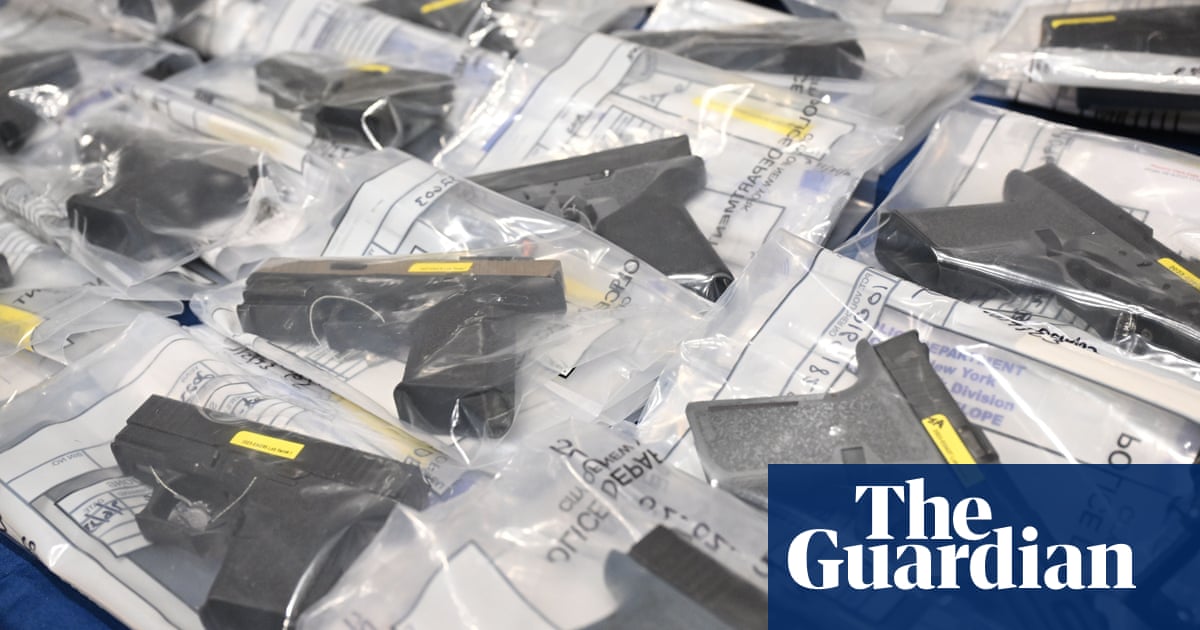- cross-posted to:
- news
- cross-posted to:
- news
The US Supreme Court on Monday barred two Texas-based manufacturers from selling products that can be quickly converted at home into firearms called “ghost guns”, granting a request by Joe Biden’s administration to once again block a federal judge’s order that had sided with companies.
The justices lifted Fort Worth-based judge Reed O’Connor’s 14 September injunction barring enforcement of a 2022 federal regulation – a rule aimed at reining in the privately made firearms – against the two manufacturers, Blackhawk Manufacturing and Defense Distributed.



Brit here. I have a couple of questions:
(I have no intention of doing this, in case this triggers some GCHQ bot and my home ends up like Waco but without all the tiddies)
.
Wow what a detailed, well-written and fascinating response. Thank you for writing that, I thoroughly enjoyed reading it.
It would almost be worth putting #2 to the test, just to see what would happen. As you mention it would be a legal minefield.
Interestingly (and I guess this is the same in the US?), it’s illegal to open someone else’s mail. For sure Law Enforcement could get around that, but they would need a court warrant and you’d have to pity the judge whose desk that landed on.
The law states:
84 Interfering with the mail: general
A person commits an offence if, without reasonable excuse, he—
intentionally delays or opens a postal packet in the course of its transmission by post, or intentionally opens a mail-bag.
I think that if the package was innocuous (i.e. didn’t have <b>Jeff’s Gun’s By Post </b> emblazoned on it with a drawing of a strutting Texan blowing the smoke from his revolver), then it could be tough to find “reasonable excuse" to open the package.
Joking aside, if the recipient was a known member of forums promoting hatred or violence then it could be considered reasonable to make at least a cursory examination based on “why was this package received from from there?”.
It’s legislation with good solid intent (IMHO), but it’s so vague that it can’t cover everything.
Nor yet anyway.
As we come from different nations, our feelings on the matter may differ and I don’t really want to discuss that. But thank you, you’ve made it easier to understand the context.
deleted by creator
Hmmm yeah you might be right. As soon as a package is in the hands of Royal Mail then it may not be opened. At Customs, it’s still outside RM’s domain. The Customs guy effectively posts it into the domestic system.
deleted by creator
They can sell parts of a firearm, for instance something like an 80% lower, that may not be regulated the same way as an assembled firearm. They can also sell files if they wished, to print or mill firearm parts.
Still depends on UK laws, sorry I’m not familiar with them past (at least I think) the full ban of handguns.
So for UK firearms, you are allowed them for very specific purposes and can’t ever use it outside of those purposes. You have to make your case and get a license before you can buy a gun more powerful than an air rifle/pistol. You can’t carry in public, even concealed.
UK law doesn’t recognise the concept of defensive weapons, so if you use one, even in self defense, and you don’t have any legal context for carrying the gun in the first place, you’re fuuuuucked.